Hattie’s Index Of Teaching & Learning Strategies: 39 Effect Sizes In Ascending Order
Hattie’s effect sizes in ascending order are not recommendations, but rather a comprehensive synthesis of a huge amount of data.
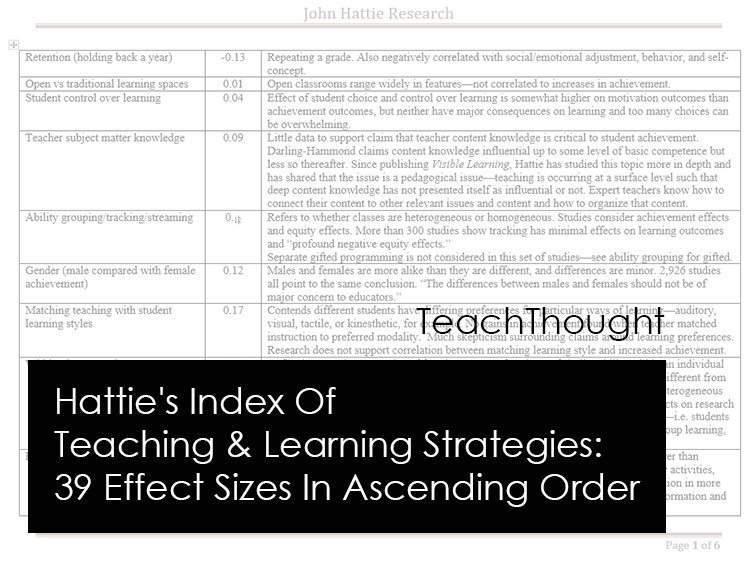
Hattie’s effect sizes in ascending order are not recommendations, but rather a comprehensive synthesis of a huge amount of data.

This presentation from Steven Wheeler explores changes in technology and education, including gamification, AR, and mobile learning.
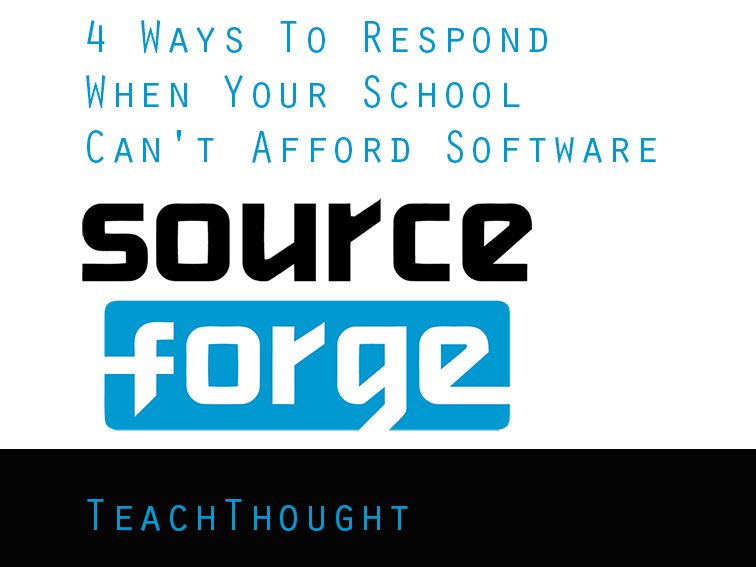
4 Ways To Respond When Your School Can’t Afford Software by Vanja Mimic, activecollab.com There are so many great software solutions out there that make life easier for everyone. In education, adopting and promoting new technologies has an even larger significance. It not only stimulates creativity and makes learning fun, but it also teaches children…

In a recent study, researchers examined the relationship between student cognition and school achievement as measured on standardized tests.
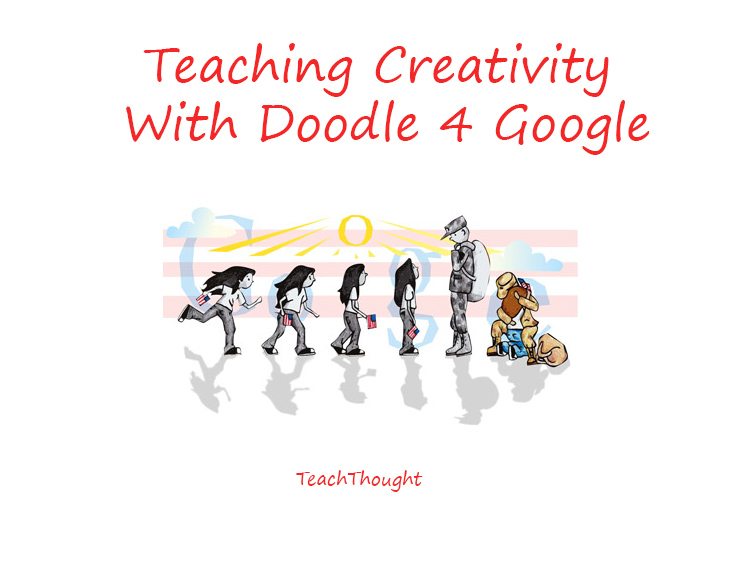
Through Doodle 4 Google, students across the country are learning how professional creators harness and channel their imaginations.
The genesis of Hip-Hop brought solutions to the community. We now need a Hip-Hop mindset to disrupt public education.
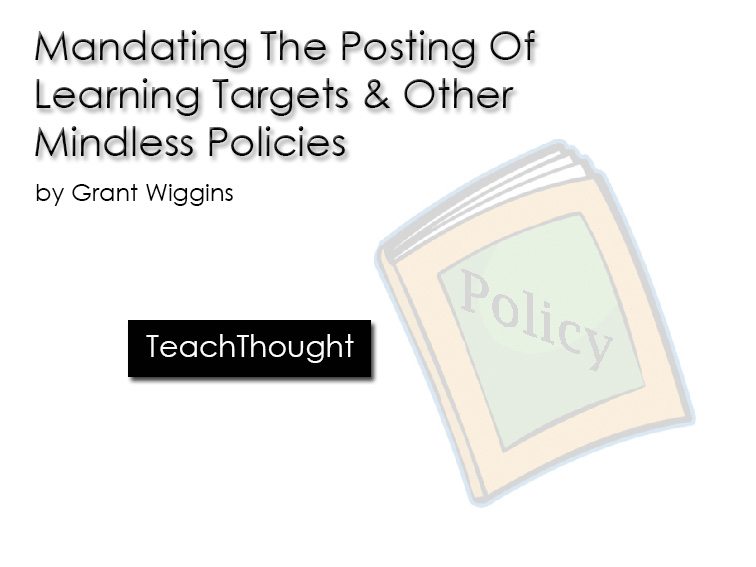
The bottom line test of the effect of any school policy about goal posting is whether or not students learn better because of it.

Because students necessarily create things with digital tools and images, the resulting creative expression is inherently student-centered.

The Sandbox is a game that allows students to directly interact with STEAM concepts by solving problems and responding to scenarios.
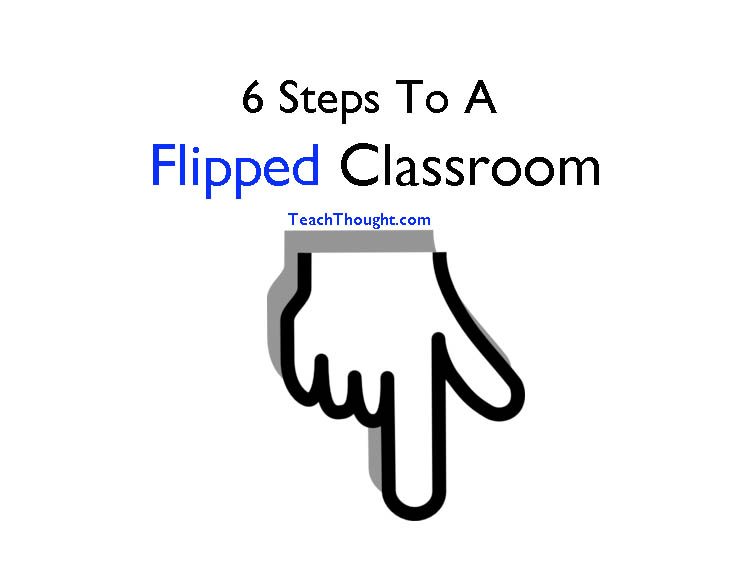
What Are The Most Common Misconceptions About The Flipped Classroom? contributed by Kelly Walsh, emergingedtech.com What have you heard about the flipped classroom? That it’s just the latest education fad? That it only works for certain academic subjects? It’s not uncommon to come across references in the web media to poorly informed and misconstrued ideas…
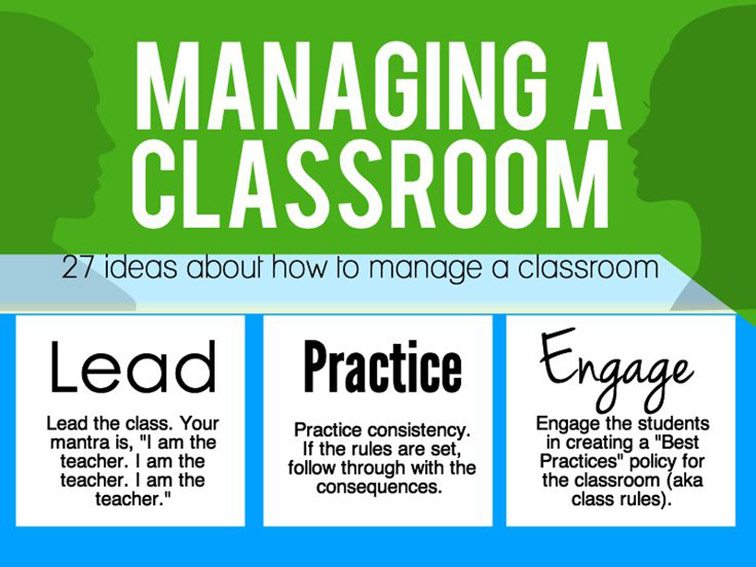
Classroom management is as much about instructional design and relationships as it is rules and discipline.
For starters, less is more. As you design curriculum and instruction, give students just enough to get them going, then get out of their way.